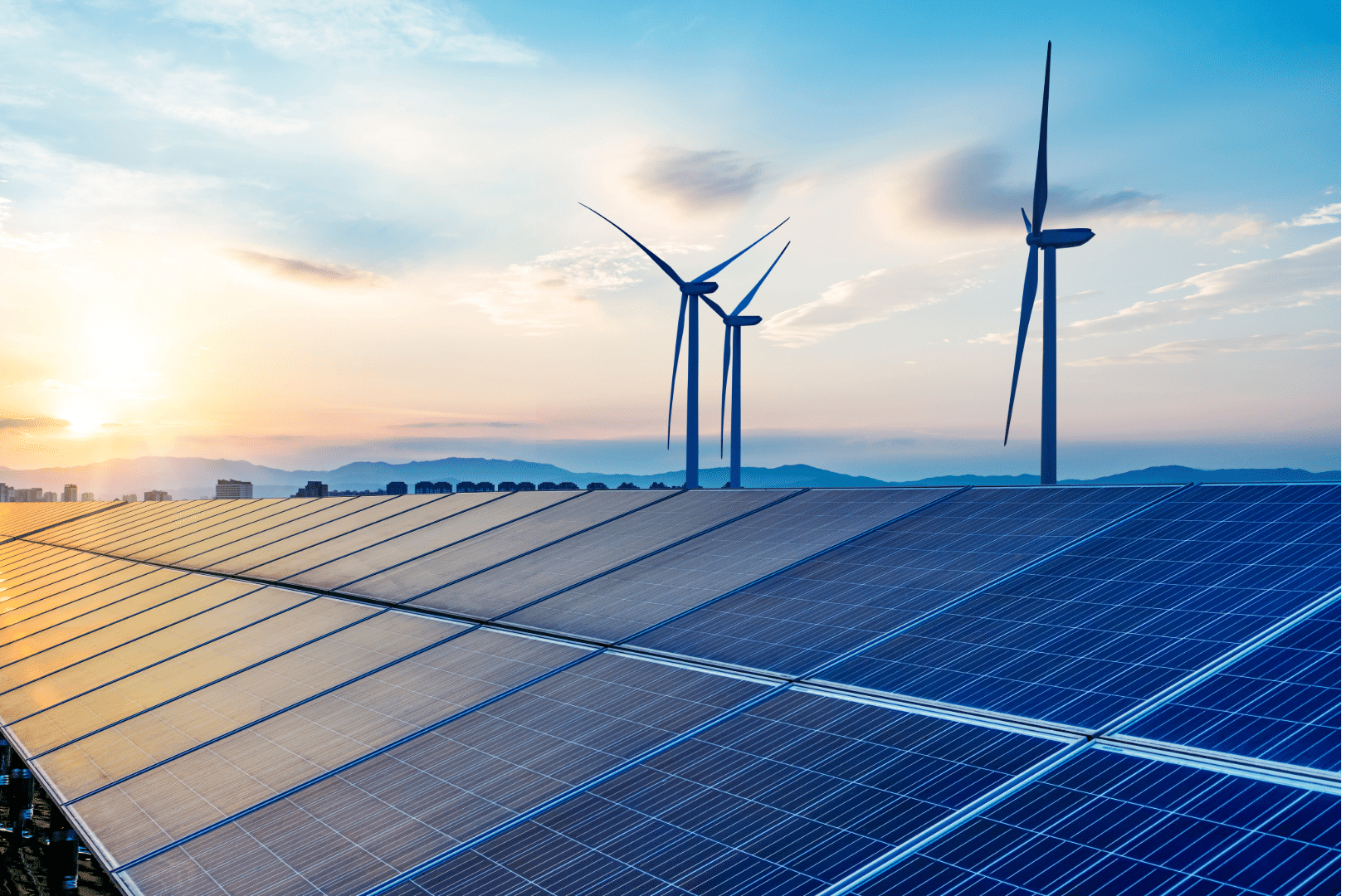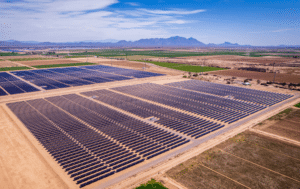The world of Inverter-Based Resources (IBRs) is changing thanks to recent NERC and FERC developments that will impact how these facilities track operations and integrate with the electrical grid. The conversation is multi-faceted and rapidly evolving, which can make it challenging to keep up with exactly what the changes are and how to prepare. To facilitate better understanding, here are the key points you should know.
Three Key Areas of Development
Currently there are three areas of work happening in the industry related to IBRs. They include:
- FERC Order 901
- GO and GOP Definition Changes
- August NERC Alert
FERC Order 901:
IBRs have received increased scrutiny over the past several years due to growing integration into the grid and grid events like the Blue Cut Fire and the Project Odessa Disturbance. To better prevent future grid disruption and smooth increased integration, FERC issued an action to NERC, requiring the development of a plan to monitor and incorporate IBRs to the grid. This is FERC Order 901.
In short, the plan outlines changes to current Standards, and the development and introduction of new Standards specifically for the purpose of integrating IBRs. The content of these Standards will be familiar, focusing on tracking milestones like modelling, disturbance monitoring, and how IBRs provide support to the grid.
GO and GOP Definition Changes:
NERC will be revising definitions in the rules and procedures to better fold in IBRs. Specifically, the definition of generator owner and generator operator will be refined by breaking it into two categories.
Category one is how we currently define generator owners and operators: plants with an MVA rating of 75 or higher connected 100 kV.
Category two is a new category that is going to apply to IBRs with 20 MVA and connected at 60 kV or higher. Facilities that fall within those thresholds will, as with their higher category one counterparts, now be required to register with NERC and follow those guidelines.
NERC Alerts:
In August, a NERC Alert was distributed to transmission operators requiring an inventory of the IBRs that fall within their footprint. This includes IBRs under either category one or category two, and facilities still under development. Furthermore, facilities must provide actual model data, and their input into whether that model data is quality by November. This information will provide clarity to NERC on several key points such as how many IBRs exist, how many fall under Category Two, and what the impact may be to the grid.
What Now?
Now is the time to figure out your plan. Compliance with the new changes is required in May 2025, leaving a limited period to address any areas of concern. We recommend completing a fatal flaw assessment as soon as possible, so you can pinpoint challenges and address them effectively well before the deadline. Consider inverter limitations, firewall security, and how to best model your data.
If you need assistance, Radian Generation is here to help. As an active member of the NERC CCC, we are deeply involved in tracking this ongoing effort and helping our clients adapt. Reach out to us at [email protected].





